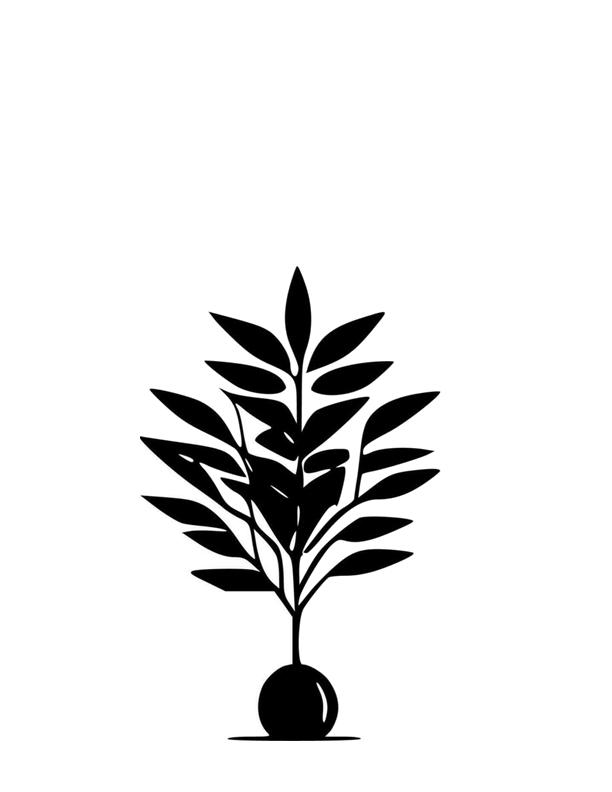Introducing Plants Into the Space Experience



It is important that we not only build habitats that can support life in space but design habitats that will ensure a good quality of life while in space. While psychologists do their best to mitigate the negative psychological effects of isolation and confinement while in space, there is potential to greatly improve these efforts by incorporating biophilia. Humans have genetically based, evolutionary determined attractions to specific landscapes and natural elements that create a propensity to affiliate with other living organisms. The hypothesis also holds that this enmeshment with nature plays an essential role in human cognitive, social, and emotional processes. Among many others, there are 3 important elements of biophilia: color, water and plants. Like food and atmosphere, these 3 elements are fundamentally critical to human health and wellbeing and should be present in any habitat no matter what type of habitat or structure it is.













• isolation and confinement
• sensory deprivation
• altered light/dark cycles
• heavy workloads mixed with periods of monotony
• delayed communications with ground crew
• disorientation due to microgravity
Mikhail Kornienko after spending a year in space:
When I flew, I asked the psychologists to send with the resupply ship, simply pictures of Earth. Just views of nature: forests, rivers, little birch trees, mountains. I hung all of this around the module, so the flight would be more joyful. You grab onto it with your gaze. Look at the little birch tree, and things get easier.
Scott Kelly after spending a year in space:
“I also missed everything that we couldn’t have in space because we didn’t have gravity or an atmosphere: rain, water, sunshine.”
To provide psychological support and address the mental challenges of long duration space exploration.
Adapt the system to include an expanding and flexible plant habitat that is low maintenance and promotes crew interation with plants.
Artemis is a NASA program that currently plans to put humans on the moon by 2027. My vision for the MPH is to have it integrated into Gateway; a support habitat that will be put into lunar orbit.

human exploration spacecraft testbed for integration and advancement
For this project, the size, layout and spacial adjacencies of HESTIA were used as a basis of design. Some spaces have been adjusted to fit this projects program, including the addition of the Modular Plant Habitat (MPH) that is used in some locations as a visual divider.
Located at NASA / JSC Building 7
20-foot chamber facility
Chamber can operate at reduced pressure and elevated oxygen environments
research activities include data acquisition / monitoring / control, power, fluids, pressure & atmospheric control, and other key resources

Based on feasability and desirability, see the placement of the MPH in the notional plans to the right.
The MPH is located the the communal dining area or the crew quarters and pods are placed at various locations throughout the habitat.
Other design strategies listed in the chart below will be studied in the future.


The MPH is a closed loop system, this means it will not rely on or tie into the environmental control and life support system of the habitat. It will have its own supply of water, oxygen and CO2. It will however need to connected to a power supply from the habitat. and as you can see, the design mimics that of a forest providing an illusion of being in nature.

The structure is a simple staggered configuration of rods and pipes connecting the base, that houses all of the subsystems, to the top that holds everything in place.



For power, there are connections at equal intervals for equipment redundancy. not all of the connections will have plant pods to allow for mobility and redesign of the space. Each plant pod will be equipped with a rechargeable battery to allow the pod to be removed while keeping the lights and fans on.





Various pod sizes allow for further customization of the space as well as refined growing conditions for each plant.





